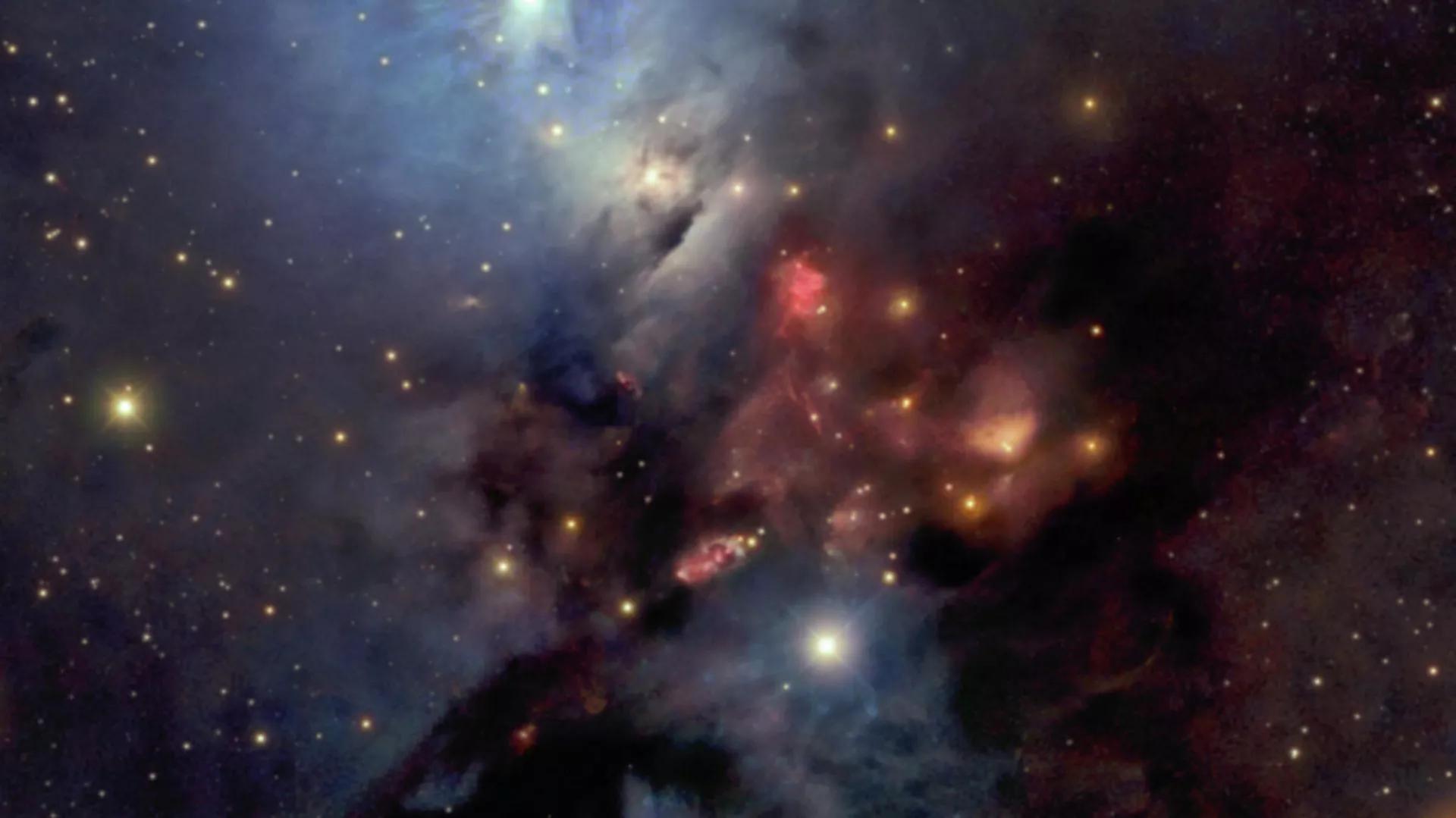Africa-Press – Rwanda. A team of astronomers led by Anna Shapiro from the Max Planck Institute for Solar System Research in Germany has conducted a study to determine the best type of star to look for when searching for habitable planets.
Officials recently revealed that the best manner in which to determine life-sustaining planets is to zero in on a galactic body’s metallicity.
The study shows that for Earth-like planets orbiting sun-like stars, the lower their metal content, the lower their risk of being exposed to the damaging effects of ultraviolet radiation. Scientists also noted that if a planet’s atmosphere is rich in oxygen, then the planet itself is better protected by the ozone layer from the harmful effects of ultraviolet radiation.As part of their findings, Shapiro’s team modeled the rotation of Earth-like planets around different types of stars, changing parameters such as their metallicity, temperature and ultraviolet radiation power, among other components. In this way they obtained massive data and were able to analyze exactly how and with what efficiency ozone would block damaging UV radiation.
Thus, scientists were able to establish it is stars with low metal content and high intensity of UV radiation that will have a greater likelihood of being near potentially habitable planets. However, officials indicated that harmful UV effects were blocked from reaching the surface of an exoplanet because of its behavior with oxygen compounds.
Overall, the study highlights the importance of understanding the relationship between a star’s metallicity and the potential habitability of its planets. The findings could have important implications for future missions searching for signs of life beyond our solar system. It’s anticipated the Webb telescope may in fact aid in such a determination.
The article was published in the journal Nature Communications.
For More News And Analysis About Rwanda Follow Africa-Press






